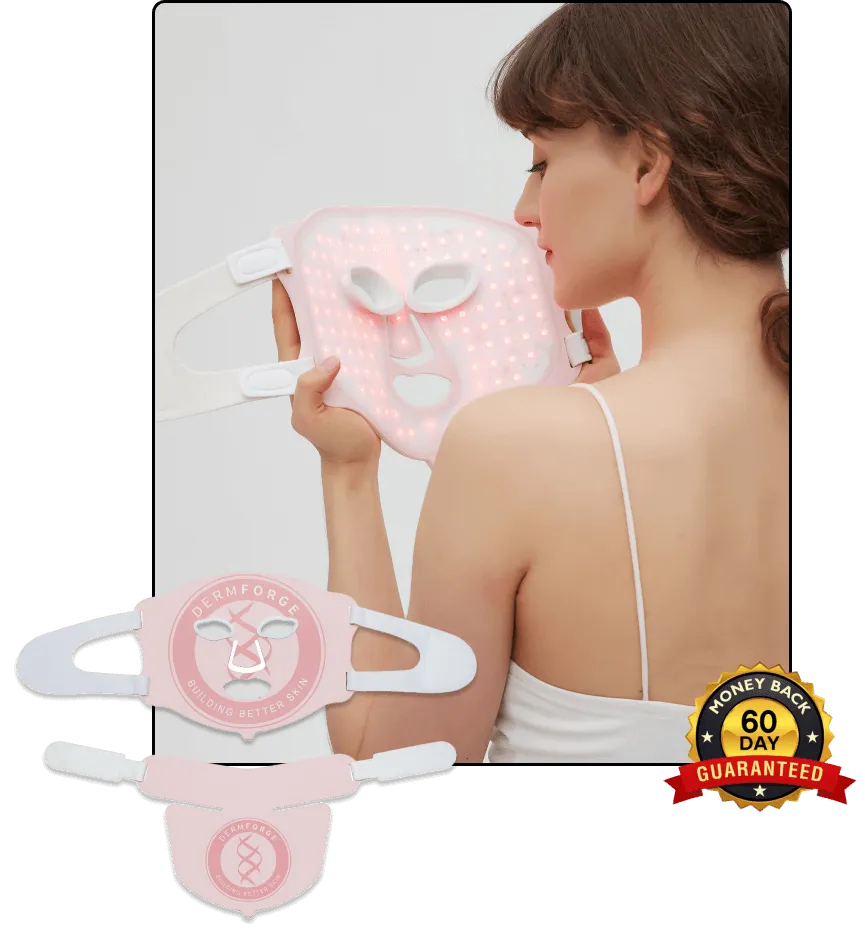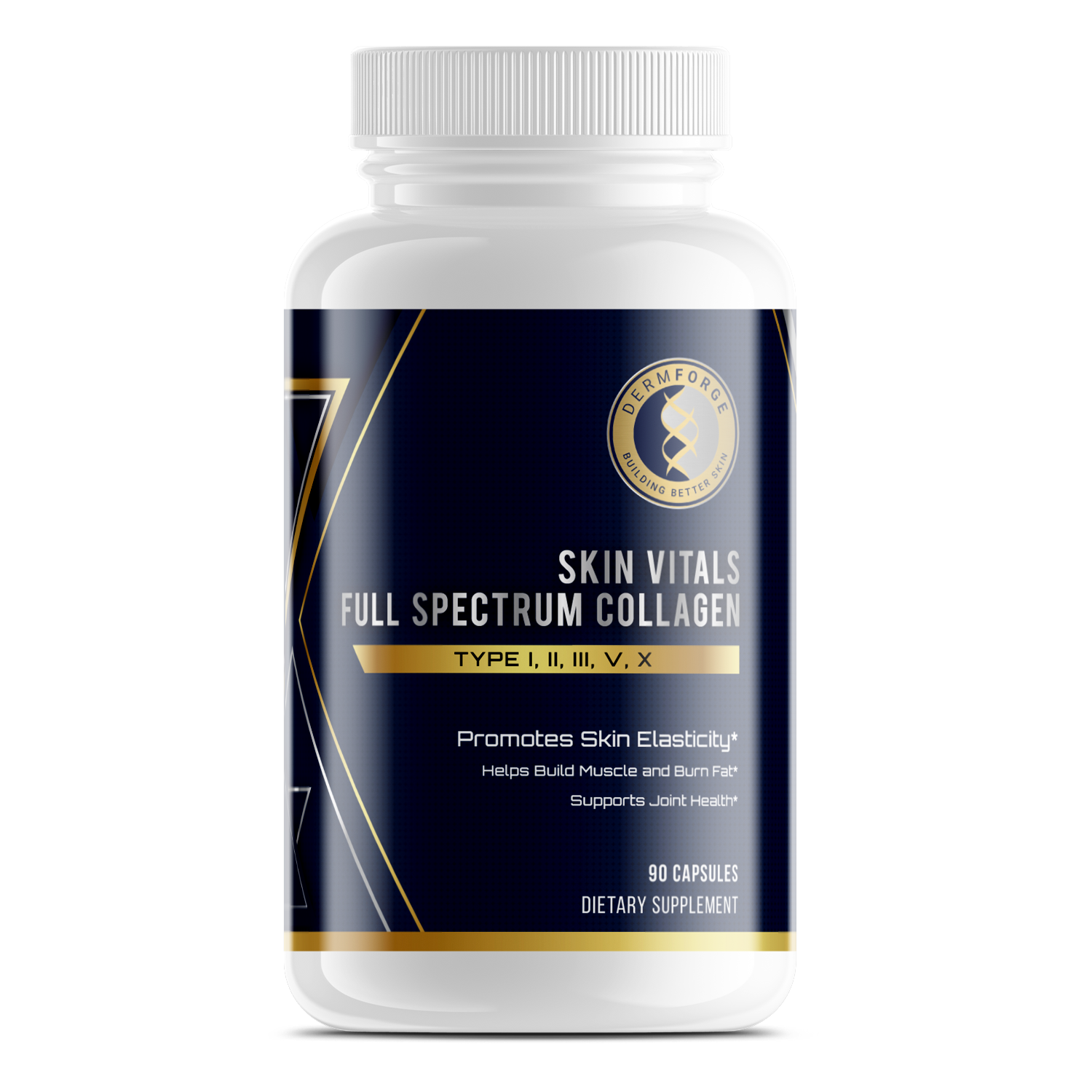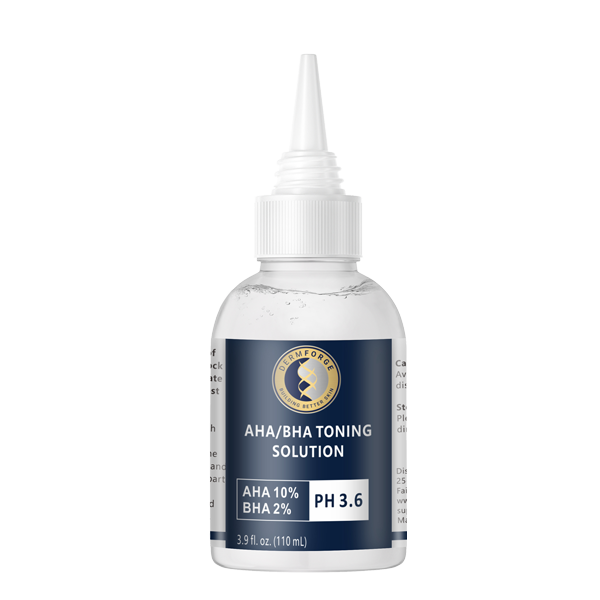Light-based skincare has become a regular part of many routines for its simplicity and visible results. Using an LED mask with topical skin products combines technology with science-backed ingredients to support your skin’s natural functions. The light energy works beneath the surface to stimulate repair, while your products deliver hydration, nutrients, and protection. Together, they create a balanced approach that targets multiple skin concerns efficiently.
LED therapy uses gentle wavelengths of light to trigger biological processes that help your skin renew itself. Therefore, each session works to increase circulation, improve energy production, and calm visible inflammation. Additionally, pairing the treatment with the right serums and moisturizers supports better absorption and deeper results. This method allows your skincare products to work more effectively while the LED mask strengthens your skin’s responsiveness.
However, understanding how and when to combine both steps matters. Using strong actives at the wrong time can lead to irritation or decreased effectiveness. Therefore, selecting complementary ingredients and establishing a clear routine helps maintain skin comfort and balance. Additionally, consistency over time builds gradual improvement that lasts longer than temporary surface treatments.
This integrated approach works for all skin types and goals, from calming breakouts to improving texture and tone. By aligning your skincare products with light-based therapy, you create a steady path toward stronger, healthier skin. When used correctly, LED treatments become an effortless addition that supports both immediate and long-term results.
The Science of LED + Topical Synergy
LED light therapy works by sending specific wavelengths of light into your skin to trigger biological activity. Red, blue, and near-infrared lights each serve different purposes but share one key benefit. They stimulate the cells that produce energy, known as mitochondria. When mitochondria absorb light, they produce more adenosine triphosphate, or ATP, which is the fuel your cells need to function efficiently. As a result, your skin becomes more active, responsive, and capable of absorbing topical ingredients more effectively.
Additionally, using an LED mask with topical skin products helps maximize your routine’s effectiveness. Light therapy increases microcirculation, which improves oxygen and nutrient delivery to your skin’s surface. Therefore, when you apply serums or creams after an LED session, the actives penetrate more deeply and perform better. The increased energy production also supports collagen formation and tissue repair, giving your skin a smoother texture over time.
Furthermore, different light colors work in specific ways to support your goals. Blue light targets bacteria and helps calm breakouts. Red light promotes healing and reduces inflammation, while near-infrared light supports elasticity and deeper cellular repair. Therefore, combining the right LED wavelength with your chosen topicals amplifies visible results.
Lastly, consistency makes a difference. With regular sessions, your skin maintains higher energy levels, better moisture retention, and improved clarity. Therefore, pairing light therapy with products containing peptides, antioxidants, or retinol helps you achieve stronger and more balanced results. By aligning light energy with science-backed ingredients, you give your skin the conditions it needs to thrive.
Best Timing & Sequence: When to Apply Which Topicals
Timing matters when you want to get the most from your skincare and light therapy routine. The order of application affects how well your products work and how your skin responds to treatment. Using an LED mask with topical skin products requires a simple but intentional sequence to help each step perform effectively.
Before starting, cleanse your skin to remove oils or residue. A clean surface allows light to reach deeper layers without interference. Apply a light hydrating serum or base layer before your LED session to keep the skin comfortable. Therefore, you give your skin enough moisture to tolerate the light exposure while maintaining balance. Avoid using strong actives such as vitamin C or retinol before your session, since they may become less stable or cause irritation under light.
After your LED treatment, your skin is more receptive to active ingredients. Therefore, this is the ideal time to apply targeted serums containing peptides, antioxidants, or retinol. The increased circulation and cell activity from the light therapy help these ingredients absorb more effectively. Additionally, sealing everything with a nourishing moisturizer helps lock in hydration and support barrier repair. Therefore, this final step strengthens the overall outcome of your routine.
Consistency also matters when building habits around LED use. Regular sessions followed by the right products can improve texture, brightness, and resilience. Therefore, stick with a steady routine rather than overloading your skin with too many actives at once. By applying the right products in the right order, you help your skin perform at its best.
Compatibility Matrix: Which Topicals Pair Well (and Which Don’t)
Knowing which products to combine with light therapy helps you avoid irritation and get better results. When using an LED mask with topical skin products, understanding compatibility makes your skincare routine more effective and comfortable. Some ingredients work well with LED light, while others need more care or timing adjustments.
Hydrating serums and peptide-based treatments pair well with LED therapy because they calm and support your skin barrier. Therefore, these products help your skin stay balanced while the light stimulates cellular energy. Mild antioxidants like vitamin E or green tea extract can also work safely since they protect against stress and help recovery. Additionally, using hyaluronic acid after treatment improves moisture retention and keeps the skin feeling smooth.
However, certain active ingredients need caution. Acids such as glycolic, lactic, or salicylic can make your skin more sensitive. Therefore, using them right before a light session may cause redness or dryness. The same applies to strong brighteners or retinol products that increase photosensitivity. Instead, apply these on alternate days or after the skin has calmed post-treatment.
Finally, avoid products that break down under light exposure or contain unstable ingredients. Oils with reactive compounds or fragranced treatments may irritate the skin after LED therapy. Therefore, keep your post-treatment care simple, soothing, and focused on hydration. Building the right product combinations helps you benefit from LED therapy without disrupting your skin’s balance. Over time, you’ll see clearer tone, smoother texture, and stronger overall health.
Protocols & Use Cases (By Skin Concern)
Tailoring your LED sessions to specific skin needs makes your results more consistent and targeted. When using an LED mask with topical skin products, selecting the right light mode and serum combination helps you address particular concerns effectively. Every skin type responds differently, so adjusting your protocol can create a balanced and sustainable approach.
For acne-prone or congested skin, the blue light mode works well because it helps calm surface bacteria and reduce inflammation. Therefore, pairing this setting with a niacinamide or mild antibacterial serum supports clarity without irritation. Additionally, finishing with a lightweight moisturizer maintains hydration while keeping pores clear. Regular use can reduce flare-ups and promote smoother texture over time.
When addressing fine lines, pigmentation, or dullness, red and near-infrared light deliver stronger regenerative effects. These wavelengths help stimulate collagen and improve tone. Therefore, applying vitamin C and peptide serums afterward strengthens the outcome by supporting brightening and repair. Additionally, including a hydrating product helps maintain skin comfort and balance between sessions.
For sensitive or redness-prone skin, start with shorter LED sessions on gentler settings. Therefore, combine the treatment with soothing actives such as aloe or ceramide-based creams. This helps calm the skin and reduce visible irritation. Over time, your skin barrier becomes more resilient, and redness may gradually decrease.
By adapting each session to your skin’s current state, you build a customized therapy routine. Therefore, consistent use aligned with thoughtful product pairing helps your complexion maintain balance, clarity, and strength.
Safety, Side Effects & Mitigation Strategies
LED therapy is considered gentle, but care and awareness make your results safer and more predictable. When using an LED mask with topical skin products, understanding how your skin reacts helps you avoid irritation or unwanted effects. While the technology supports healing, combining it with strong actives requires balance and moderation.
Some products may increase photosensitivity or dryness when exposed to light. Therefore, if your skincare routine includes ingredients like retinol, strong acids, or brightening agents, use them on alternate days. This gives your skin time to recover and reduces the chance of redness or peeling. Additionally, always start with shorter LED sessions so your skin can adapt gradually to the treatment. Over time, you can increase exposure as tolerance improves.
Before introducing new serums or creams into your LED routine, apply a small amount to one area of your face. This patch testing helps you identify irritation before treating the entire face. Therefore, you can make safer decisions about which products belong in your regimen. Additionally, if you are taking medications that increase light sensitivity, discuss light therapy with your healthcare provider before use.
Eye protection also matters with full-face masks. Therefore, always wear the provided goggles or keep your eyes closed throughout the session to avoid discomfort. Maintaining consistency, moderation, and awareness prevents most unwanted reactions. By following these simple precautions, you create a safe environment for your skin to thrive and respond positively to LED therapy.
Home Integration & Routine Optimization: Making LED and Topicals Part of Daily Skincare
Incorporating LED therapy into your regular skincare routine can be simple and effective with the right approach. When using an LED mask with topical skin products, consistency and balance matter most. The key is to fit your sessions naturally into your daily habits without overwhelming your skin or your schedule.
For most goals, starting with three to four LED sessions a week is ideal. Therefore, you can build results gradually while monitoring how your skin responds. If your focus is acne or texture, blue light sessions may suit your evening routine after cleansing. For brightening or firming, red or near-infrared light pairs well with morning care when your skin feels fresh. Additionally, always allow your skin to absorb a lightweight serum before beginning, and follow with moisturizer after treatment.
Maintaining consistency is more important than duration. Therefore, short, regular sessions often produce better outcomes than long, irregular ones. Avoid stacking strong active ingredients immediately after light exposure, as your skin may feel more sensitive. Instead, use gentle, hydrating products to support balance. Additionally, store your mask in a clean, dry space away from humidity to extend its lifespan.
Cleaning your device also helps keep your skin healthy. Therefore, wipe the mask with a soft cloth after each use to remove oils or residue. Treating your LED therapy as a natural part of your routine helps you achieve ongoing results without strain. With steady care, your skin becomes brighter, smoother, and more responsive to treatment.
Conclusion
LED light therapy offers a practical way to improve your skincare results with minimal effort. When using an LED mask with topical skin products, you create a system that supports how your skin repairs and renews itself. The light energy works on a cellular level, while your topical actives nourish and protect from the surface. Together, they form a balanced routine that helps your skin function more efficiently.
Consistency matters more than intensity. Therefore, following a simple schedule helps your skin adapt and respond better to treatment over time. Regular use paired with the right serums or creams keeps your complexion strong and stable. Additionally, paying attention to how your skin feels after each session allows you to fine-tune your approach. This balance of light and product creates long-term improvement without unnecessary stress or irritation.
Furthermore, staying mindful of safety makes your results more reliable. By starting gradually, using protective eyewear, and choosing compatible products, you reduce the chance of discomfort. Therefore, your skin can benefit from each session with confidence and comfort. Additionally, keeping your mask clean and storing it properly preserves both hygiene and performance.
Ultimately, LED therapy works best as part of a thoughtful routine that fits into your lifestyle. By combining technology and targeted skincare, you give your skin consistent support. With time, patience, and balance, this approach can lead to healthier, smoother, and more radiant results.






